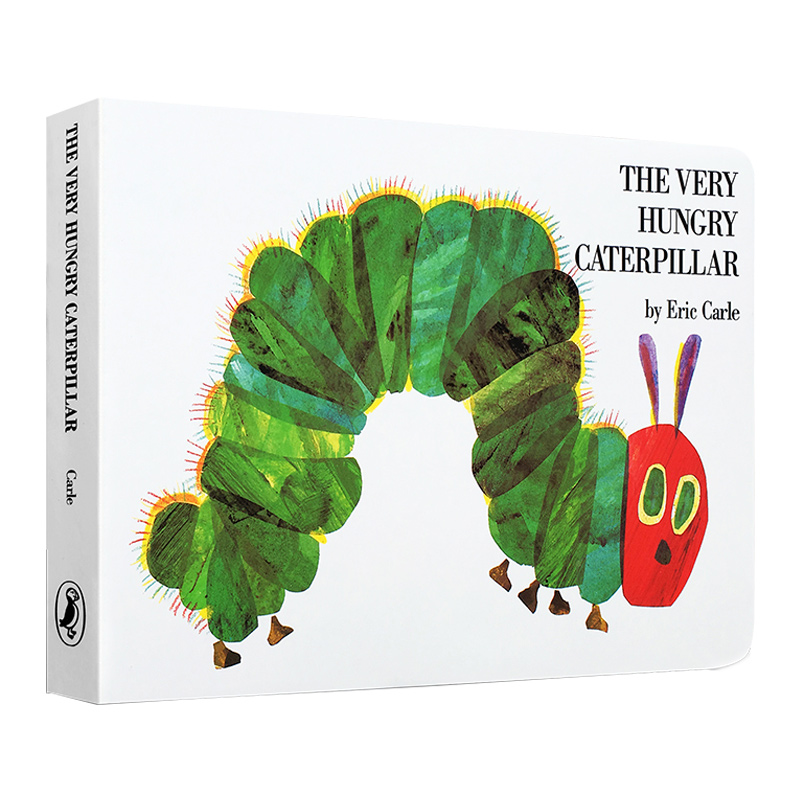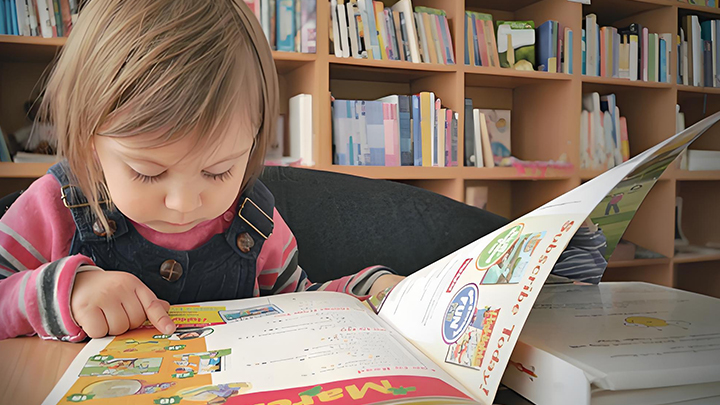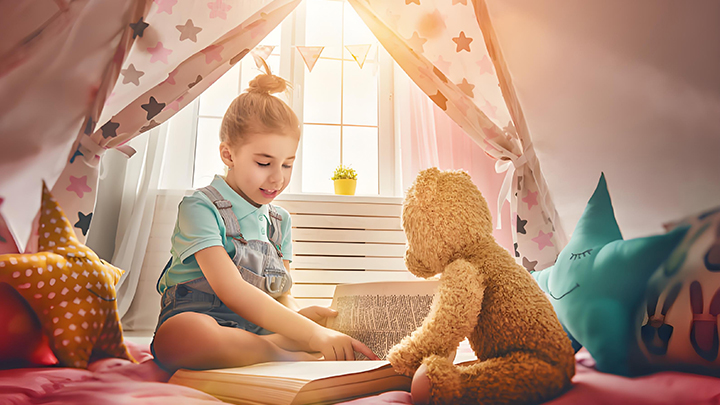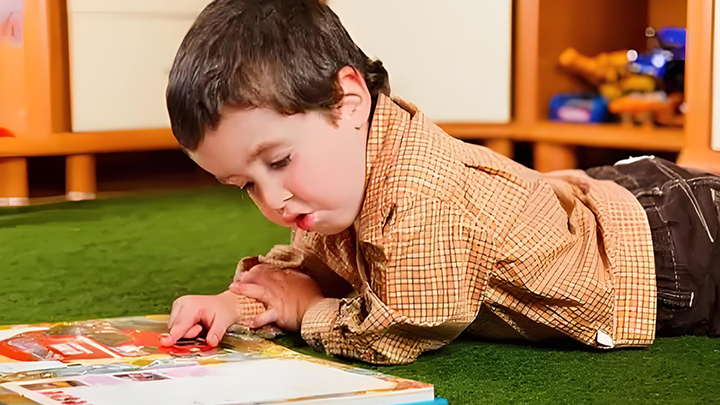The Best Picture Books for Children Aged 1-4: A Guide for Parents and Caregivers
Choosing the right books for young children aged 1-4 can be a delightful yet challenging task. At this stage, children are rapidly developing their language, cognitive, and social skills. Picture books play a crucial role in this development by providing engaging stories, vibrant illustrations, and opportunities for interaction. Here’s a guide to some of the best picture books that cater to the unique needs and interests of toddlers and preschoolers.

1. Books for 1-Year-Olds: Sensory and Interactive Exploration
At one year old, children are beginning to explore the world around them with curiosity and wonder. Books that cater to their developmental stage should be sturdy, interactive, and simple, focusing on basic concepts and familiar objects.
"Dear Zoo" by Rod Campbell: This classic lift-the-flap book introduces children to different animals in a fun and engaging way. The sturdy flaps and repetitive text make it a favorite for young toddlers, helping them learn animal names and sounds.
"Goodnight Moon" by Margaret Wise Brown, illustrated by Clement Hurd: A timeless bedtime story, "Goodnight Moon" features simple, rhythmic text and soothing illustrations. Its repetitive, gentle narrative helps establish a calming bedtime routine.
"Brown Bear, Brown Bear, What Do You See?" by Bill Martin Jr., illustrated by Eric Carle: This colorful, repetitive book is perfect for one-year-olds. The predictable pattern and vibrant illustrations introduce children to colors and animals, encouraging participation and anticipation.
"Pat the Bunny" by Dorothy Kunhardt: As one of the first interactive books, "Pat the Bunny" allows children to touch and feel different textures. This sensory engagement helps develop their tactile senses and motor skills.
"Peek-a-Who?" by Nina Laden: With its bright, engaging illustrations and peek-a-boo format, this book captures the attention of curious toddlers. Each page reveals a new surprise, making it a fun and interactive read.
2. Books for 2-Year-Olds: Rhythms, Repetition, and Simple Stories
At two years old, children are developing their language skills rapidly and beginning to enjoy simple narratives. Books that feature repetitive text, rhythmic language, and familiar experiences are particularly appealing.
"The Very Hungry Caterpillar" by Eric Carle: This beloved book combines counting, days of the week, and the life cycle of a caterpillar in a simple, engaging story. The repetitive text and colorful illustrations captivate young readers.
"Where’s Spot?" by Eric Hill: This classic lift-the-flap book follows Spot the puppy in a fun hide-and-seek adventure. The repetitive text and interactive flaps encourage toddlers to predict and discover where Spot is hiding.
"Chicka Chicka Boom Boom" by Bill Martin Jr. and John Archambault, illustrated by Lois Ehlert: With its rhythmic, musical text, this book introduces children to the alphabet in a fun and memorable way. The vibrant, bold illustrations and catchy rhyme make it a favorite for read-aloud sessions.
"We’re Going on a Bear Hunt" by Michael Rosen, illustrated by Helen Oxenbury: This adventurous tale invites children to join a family as they go on a bear hunt. The rhythmic, repetitive text and interactive elements make it a joy to read aloud, encouraging children to join in and act out the story.
"Llama Llama Red Pajama" by Anna Dewdney: This book addresses common bedtime fears with a comforting story about Llama Llama and his mama. The rhyming text and relatable storyline resonate with young children, making bedtime a bit easier.
3. Books for 3-Year-Olds: Storytelling and Imagination
Three-year-olds are ready for slightly more complex stories that stimulate their imagination and curiosity. They enjoy books with engaging plots, memorable characters, and opportunities for interaction and discussion.
"Don’t Let the Pigeon Drive the Bus!" by Mo Willems: This humorous and interactive book features the lovable Pigeon who tries to convince the reader to let him drive the bus. The simple, expressive illustrations and direct engagement with the reader make it a fun and entertaining read.
"Room on the Broom" by Julia Donaldson, illustrated by Axel Scheffler: This delightful story about a kind witch and her broomstick adventure is filled with rhymes and repetitive phrases. The engaging plot and charming illustrations make it a favorite among preschoolers.
"If You Give a Mouse a Cookie" by Laura Numeroff, illustrated by Felicia Bond: This humorous tale of cause and effect follows a mouse who keeps asking for more and more after receiving a cookie. The predictable sequence and playful illustrations appeal to three-year-olds.
"The Gruffalo" by Julia Donaldson, illustrated by Axel Scheffler: This imaginative story follows a clever mouse who invents a fearsome creature called the Gruffalo to outwit his predators. The rhythmic, rhyming text and captivating illustrations draw children into the fantastical world.
"Press Here" by Hervé Tullet: This interactive book encourages children to press, shake, and tilt the pages to see what happens next. It’s a fun and engaging way to involve children in the storytelling process.
4. Books for 4-Year-Olds: Complex Narratives and Emotional Understanding
By the age of four, children are ready for more detailed stories that explore emotions, relationships, and the world around them. Books that introduce new ideas, cultures, and experiences while still being accessible and engaging are ideal.
"Where the Wild Things Are" by Maurice Sendak: This classic tale of Max and his journey to the land of the Wild Things explores themes of imagination, emotions, and the comforts of home. The rich narrative and evocative illustrations captivate young readers.
"The Day the Crayons Quit" by Drew Daywalt, illustrated by Oliver Jeffers: This humorous and imaginative book features a group of crayons who go on strike, each with their own hilarious grievances. The clever storytelling and unique illustrations appeal to four-year-olds’ developing sense of humor and empathy.
"Harold and the Purple Crayon" by Crockett Johnson: This timeless story follows Harold as he creates his own adventures with a purple crayon. It encourages creativity and problem-solving, showing children the power of their imagination.
"Last Stop on Market Street" by Matt de la Peña, illustrated by Christian Robinson: This beautifully illustrated book tells the story of a boy and his grandmother riding the bus through the city. It explores themes of community, diversity, and appreciation for the world around us.
"Ada Twist, Scientist" by Andrea Beaty, illustrated by David Roberts: This inspiring story follows Ada Twist, a young girl with a boundless curiosity and love for science. It encourages exploration, perseverance, and the joy of discovery.
Conclusion
Choosing the right picture books for children aged 1-4 involves considering their developmental stages, interests, and the quality of the stories and illustrations. The books listed above offer a diverse range of engaging, educational, and entertaining options that cater to the unique needs of toddlers and preschoolers.
In conclusion, reading picture books to young children is an invaluable experience that fosters language development, creativity, emotional intelligence, and a lifelong love for reading. By selecting books that resonate with their age and interests, parents and caregivers can nurture a child's curiosity and imagination, providing a foundation for a lifetime of learning and exploration.



